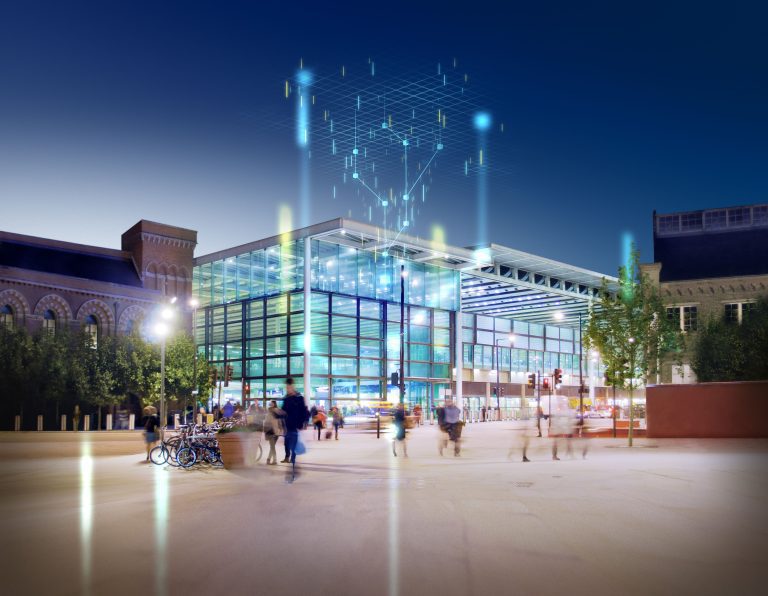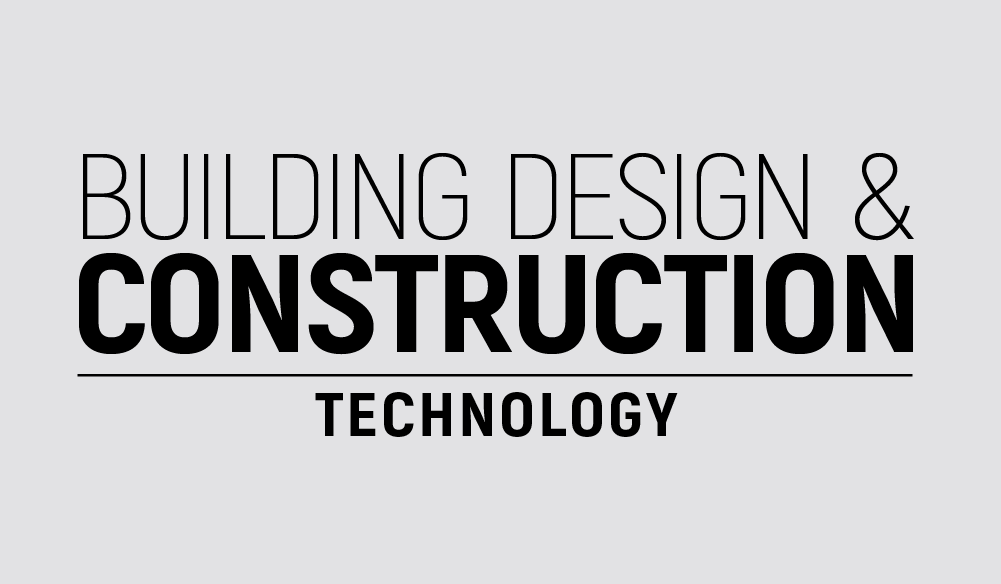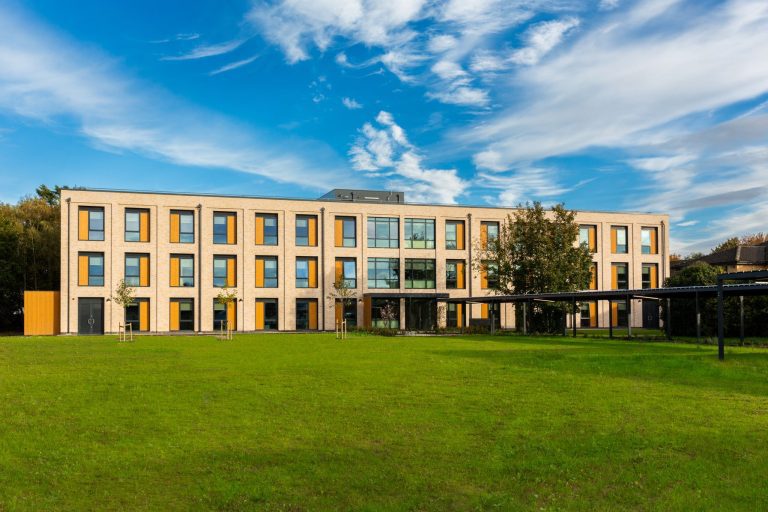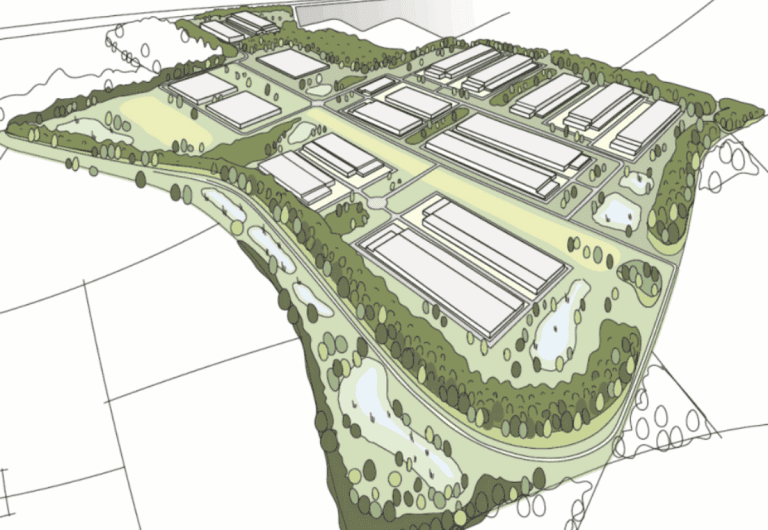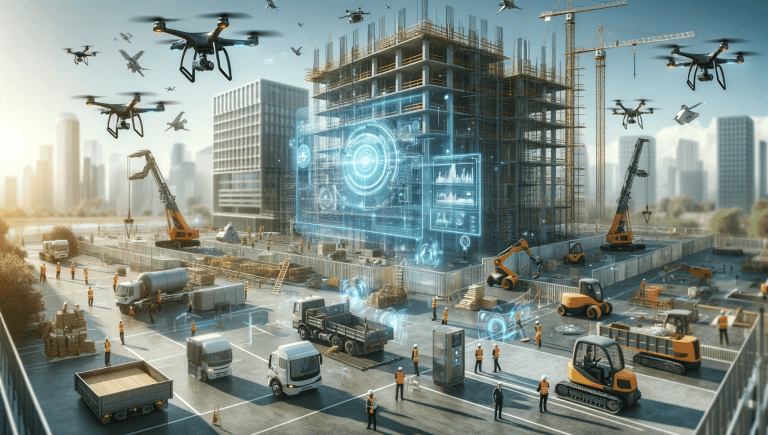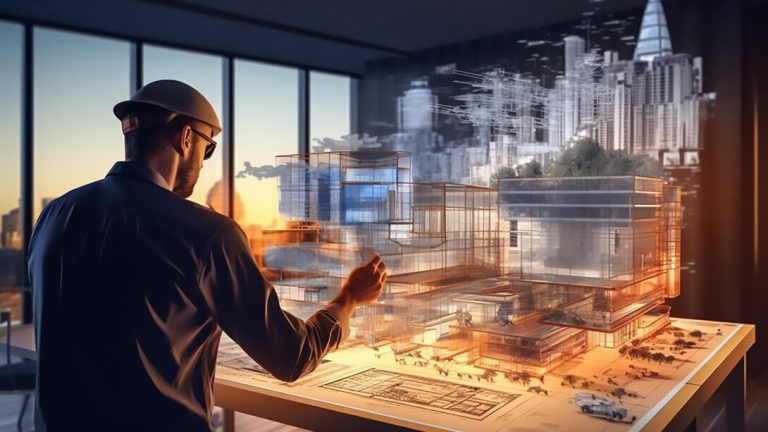Partnership aims to position Nemetschek as an AI-first industry leader, drive market expansion and enhance sustainability. The Nemetschek Group, a global leader in digital solutions for the Architecture, Engineering, Construction and Operations (AEC/O) and media industries, today announced a major partnership with Google Cloud to accelerate AI-driven innovation, expand into new markets, and enhance digital workflows across its portfolio. Through this collaboration, Nemetschek will leverage Google Cloud’s advanced AI and cloud technologies at a group-level and across its portfolio reinforcing the commitment to innovation and collaboration. The partnership will further accelerate Nemetschek’s growth into new markets, such as Saudi Arabia and India, while reinforcing its presence in Europe, the USA and APAC. “Our partnership with Google Cloud marks a pivotal moment in our mission to redefine how digital solutions drive efficiency, collaboration, and sustainability in the AEC/O industry,” said Charlie Timmermann, Group VP of Strategic Alliances at the Nemetschek Group. “The best innovations often emerge through partnerships. Growing alongside Google Cloud further strengthens Nemetschek as a leader in the digital transformation of the AEC/O industry.” “We are proud to partner with the Nemetschek Group, a leading provider in the AEC/O and media industry, to accelerate its AI-driven innovation and integration,” said Dr Marianne Janik, Vice President, EMEA North, Google Cloud. “With a trusted AI platform that is easy to use, offers choice and extends to an ecosystem of partners, we provide customers solutions that set them up for success in today’s competitive environment. As we share values with Nemetschek around customer centricity and innovation, we see this global partnership as a natural step for us.” A Three Pillar Partnership The collaboration between Nemetschek and Google Cloud is built on three key pillars: driving AI-powered innovation and simplification, accelerating global market expansion, and enhancing efficiency and sustainability. The first pillar focuses on AI and cloud innovation and simplification, with the Nemetschek Group advancing its AI-first strategy through its cloud initiatives. This is a strategic move towards a multi-cloud, AI layered ecosystem designed to strengthen collaboration and automation across design and construction workflows within the groups’ strong brands. As part of the first pillar, Nemetschek is integrating Google Cloud’s AI capabilities to enhance productivity and creativity for architects, engineers, and construction teams. One of Nemetschek’s BIM authoring brands, Graphisoft, has a longstanding collaboration with Google Cloud, which has played a pivotal role in scaling its cloud-based solutions such as its collaboration platform BIMcloud. Over the years, the collaboration has enabled Graphisoft to achieve substantial growth, not only in user adoption and engagement but also through ongoing enhancements and the introduction of new innovations. The adoption of geospatial integration with Google Maps and Earth will furthermore enable the BIM authoring brands of the Nemetschek Group, such as ALLPLAN and Vectorworks, to optimise planning and resource allocation. The Nemetschek AI implementation will be guided by three core principles: privacy and data governance, protecting IP rights and creativity, and business integrity, ensuring responsible and transparent adoption. The second pillar centres on business growth, with Nemetschek integrating its solutions within the Google Cloud Marketplace and Google Workspace Marketplace ecosystems to increase Workspace integration, expand market reach and unlock new revenue opportunities. This includes a series of initiatives with for example the Nemetschek brands Bluebeam, GoCanvas, Spacewell and Vectorworks, aimed at accelerating digital adoption to increase collaboration and broaden customer access. The Workspace and Marketplace initiatives will benefit both small and medium-sized architects, engineers and construction companies as well as large enterprises. Sustainability is a core focus in the third pillar, with the Nemetschek Group and Google Cloud collaborating to establish Nemetschek as a leader in sustainability technology for AEC/O. Google Cloud’s AI-powered solutions will help the industry meet sustainability goals such as reducing carbon footprints, assessing lifecycle impacts, and improving energy efficiency. Brands like ALLPLAN, Graphisoft and Vectorworks are embedding AI-driven services to facilitate sustainable design and regulatory compliance, while Spacewell is advancing smart facility management solutions to enhance energy efficiency in the operation phase of the building. Building, Design & Construction Magazine | The Choice of Industry Professionals
